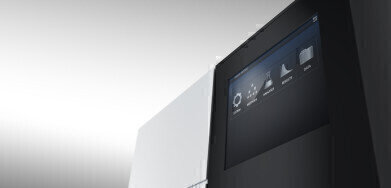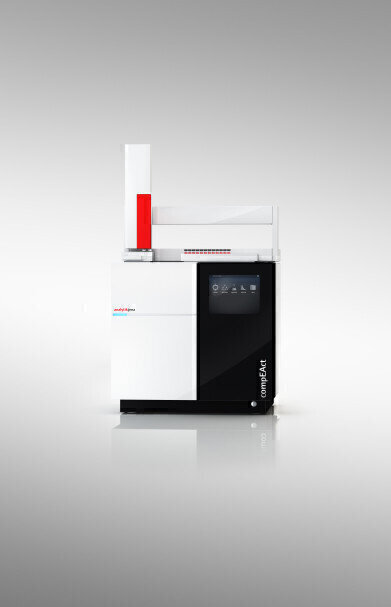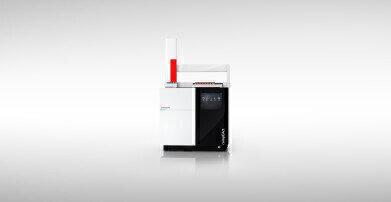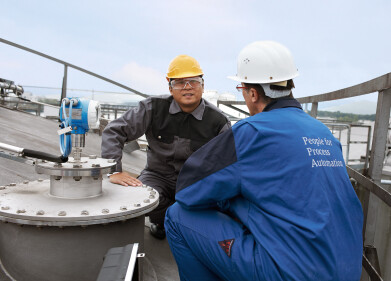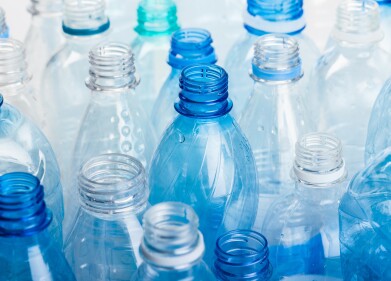Analytical Instrumentation
compEAct – Determining Nitrogen or Sulphur Traces More Sensitive and Profitable Than Ever Before
Mar 01 2018
In refineries and the petrochemical industry the fast and cost-effective determination of the sulphur content in raw materials, intermediates and final products is essential for process optimisation and quality control. Even the smallest sulphur traces can have significant impact on efficiency of catalysts used and thus the quality of final products. The most sensitive and most reliable method for the determination of sulphur is the high-temperature combustion of the sample followed by UV fluorescence detection (e.g. ASTM D 7183, DIN 20846).
Depending on the process step, sulphur levels vary from a few ppb to the upper ppm range. When using conventional analysers, measurement time strongly depends on the sulphur content present, in addition different calibration strategies are required. Analysis of high element contents is especially labour-intensive because of extensive dilution required. The ultra-trace analysis is rather time-consuming due to injection of huge sample volumes, multiple replicates or utilisation of enrichment techniques. For this, compEAct offers the more efficient alternative.
The proven HiPerSens® detection combines unique sensitivity and a broad linear measurement range. Thanks to the wide-range calibration, a single calibration is sufficient for all applications. Different concentration levels are processed in one analysis sequence. Error-prone dilution or the time-consuming trap-and-release techniques are no longer necessary.
Thanks to excellent combustion characteristics and detector stability, replicate analyses are reduced to a minimum. Flexible automation possibilities ensure high sample throughput at minimum operating effort.
Contrary to sulphur, a parameter with legally defined limit values, the nitrogen content is not strictly regulated for petrochemical materials. Nevertheless, nitrogen plays an important role when it comes to the performance of catalysts and thus the quality of the end products, for example in refineries, the polymer industry or solvent production. Therefore, a strict control (e.g., ASTM D 7184) of the raw materials used is necessary.
In the polymer industry, high purity, gaseous or liquid monomers such as propylene or cresol are used as precursors for the polymerisation. In order to ensure an optimum reaction, limits < 100 ppb N are required. Only chemoluminescence detectors with integrated high-performance vacuum systems are capable of meeting these challenges. Thanks to the HiPerSens® detection and an efficient drying of the measurement gas, the compEAct allows fast and reliable determination of nitrogen contents even in ultra-trace range.
In contrast to conventional systems, the compEAct requires only small sample volumes and a minimum of repeat measurements for the nitrogen determination even in the lower ppb-range. This ensures high sample throughput also for demanding applications. Indispensable features for quality assurance and automatic control of permitted N-limits facilitate the validation of the measurement results.
View more information about how compEAct makes your work more efficient at www.analytik-jena.com.
Digital Edition
PIN 25.1 Feb/March
March 2024
In This Edition Safety - The technology behind the ION Science Tiger XT - Safety with ammonia and LOHCs as hydrogen carriers Analytical Instrumentation - Discussion on new tribology te...
View all digital editions
Events
Apr 22 2024 Hannover, Germany
Apr 22 2024 Marrakech, Morroco
Apr 22 2024 Muscat, Oman
Apr 22 2024 Rotterdam, Netherlands
Apr 23 2024 Singapore
